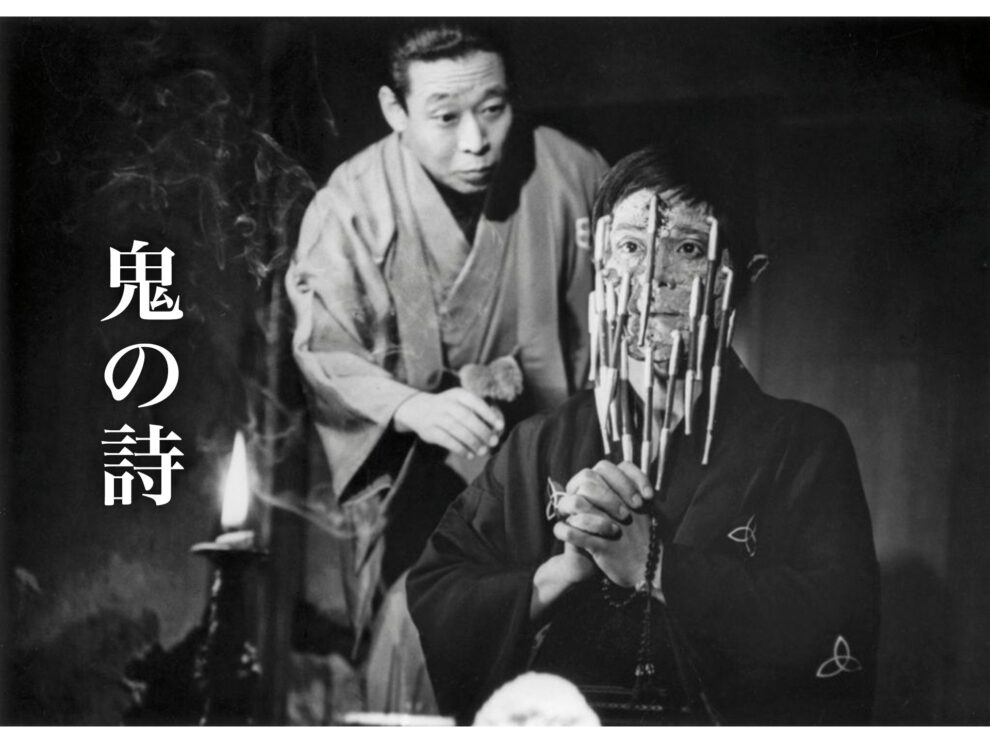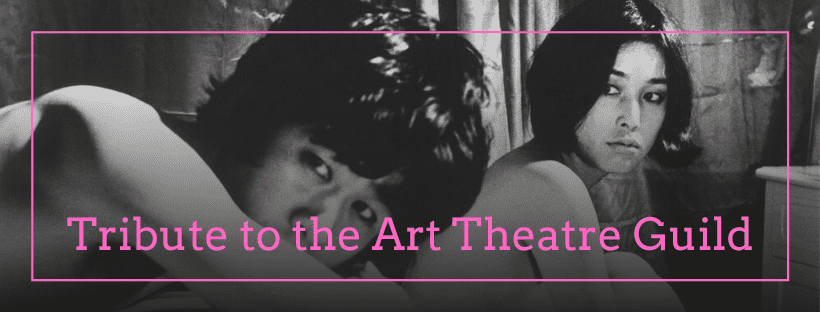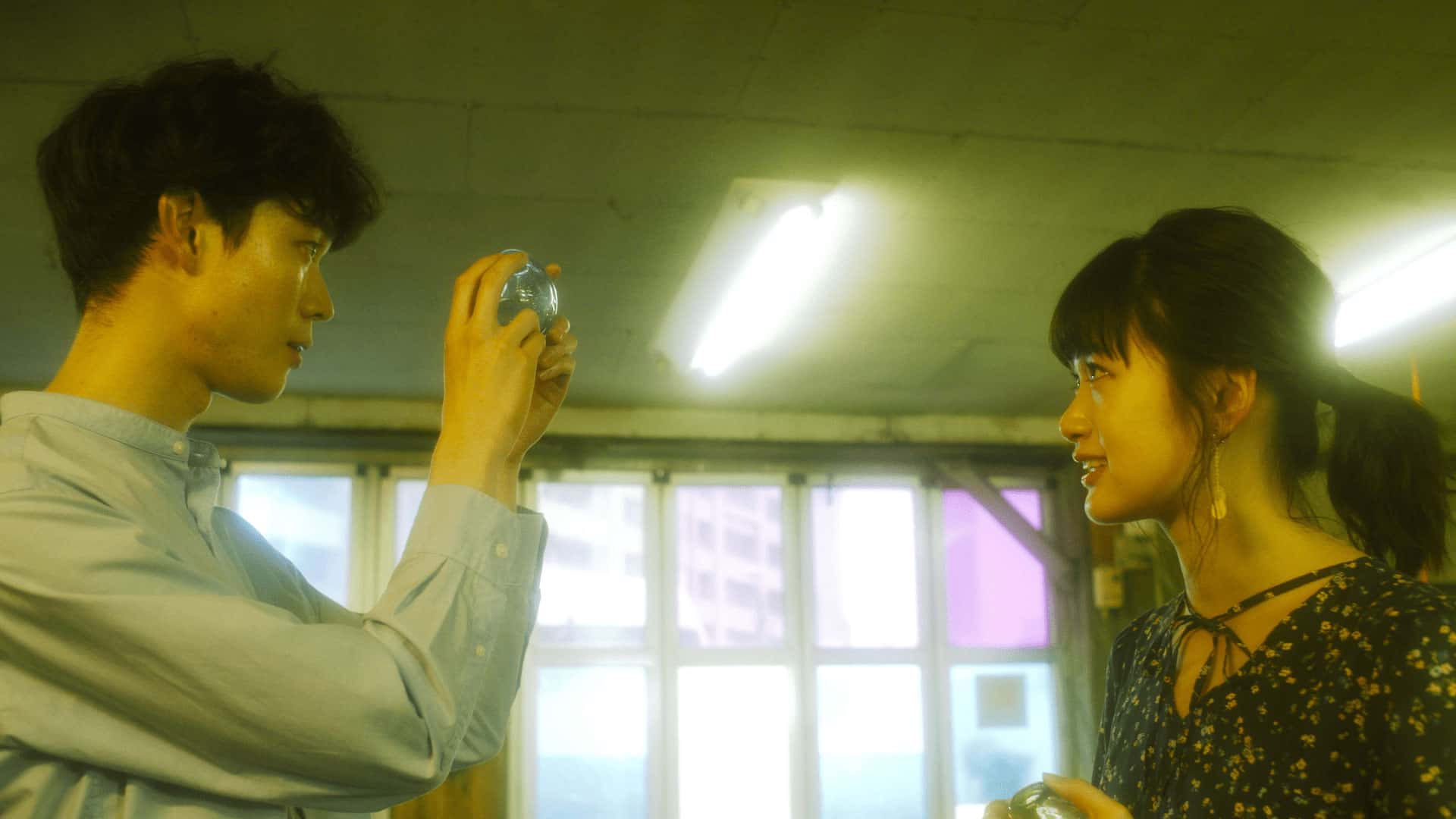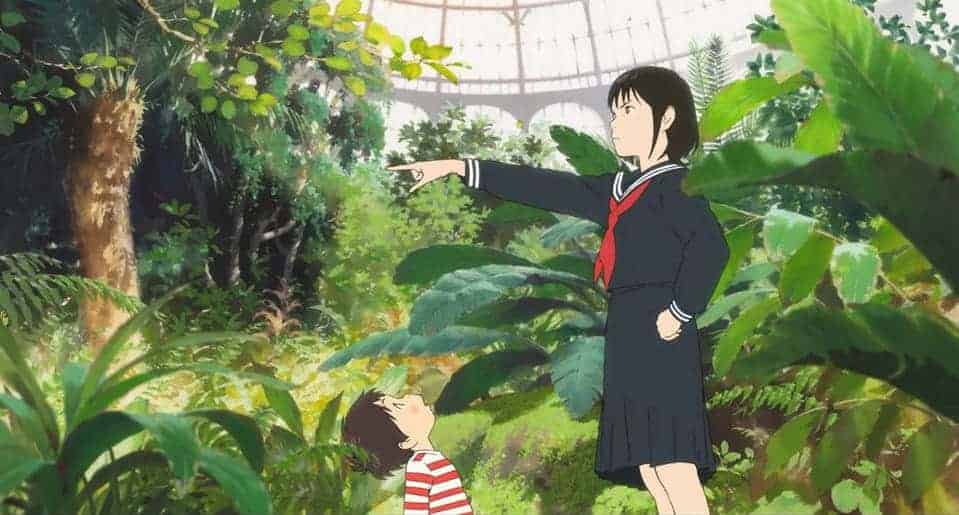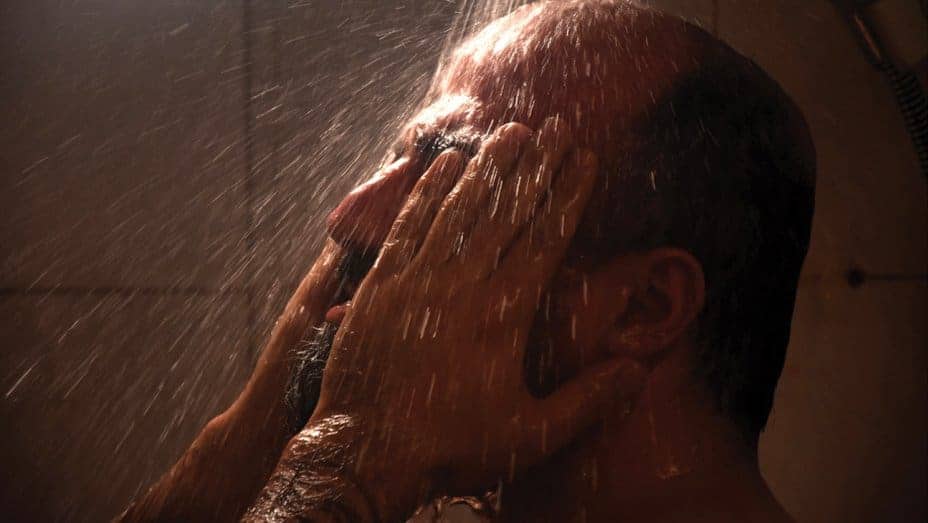Based on the novel by Yoshikazu Fujimoto, a screenwriter-turned-novelist who was an apprentice to Yuzo Kawashima, which, in turn, is partially based on the life of the rakugo artist Beikyo Katsura the 2nd (1860-1904), “Song of the Exile” is another unique production by ATG, as it actually follows the “recipe” of the particular art. Rakugo is the traditional Japanese art of storytelling. The stories are also called rakugo and they are performed by professional narrators called rakugoka or hanashika. The customary place where rakugo stories are told is the vaudeville-type variety hall called the yose.
Bakyo is a talented but unsuccessful rakugoka, who tries desperately to make it in the field but fails, during a time when cholera was devastating the country. Rokyu, on the other hand, a more senior performer, is rather successful and actually wants to take Bakyo under his wing, but he refuses, claiming that Rokyu's rakugo is compromised by the elements of kabuki. After a trip in the country with his wife, Tsuyu, however, where he also shares his tragic past and how he came to be a rakugoka, he changes his mind and decides to learn from Rokyu (but not be taught), following him in all his shows, in a style that mostly aims at copying rather than learning. His goal becomes an obsession, to the point that Bakyo starts mimicking Rokyu in every way possible, including his everyday life. Despite his attitude, his wife stays with him, up until an accident in home ends up with her dead.
Bakyo's overall demeanor changes completely after the shock, coming up with a performance where he is dressed as a woman psychic, clearly stating that the spirit of his wife is living within him, and moving intensely towards religious topics, presented, though, through extremity. The show is a wild success, but Bakyo becomes more and more extreme in his themes, until a point when he even eats horse manure given to him by the audience on stage. Soon, he finds himself disfigured due to smallpox, a fact that he also incorporates in his performances, which continue to be rather popular. In the meantime, the other performers are starting to wonder if he is a true master or just a madman.
Tetsutaro Murano directs a film that is essentially about obsession, highlighting how, particularly in art, it can lead to greatness, but also demands intense levels of self-sacrifice. The concept is ambiguous in theory, as it poses the question of if it is worth it, practically putting excellence in art and self-preservation (also including the people who are close on occasion) in complete contrast. Bakyo's story mirrors the concept in the most eloquent fashion, as we watch him coming up with increasingly more extreme ways to succeed, essentially neglecting both his wife and himself. The fact that both these eventually become part of his performance is another comment that moves in the same direction. At the same time, and as stated in the introductory scene, where a series of still photos show a rakugo artist being interviewed, Murano states that art could reach different heights, when artists were poor and obsessed, instead of rich and pampered as they are occasionally today.
Check also this interview
The downward spiral of a man who sacrifices everything for his art is impressive to watch from beginning to end, with Bakyo exhibiting a sense of madness from the start, which only becomes worse as time passes, and even more so, when he finally becomes successful. The performance by Fukudanji Katsura, an actual rakugoka, is astonishing throughout the movie, with Murano drawing much from his intense facial expressions with frequent close-ups, that almost always linger somewhere between the funny and the scary, essentially as the actual character does. Goro Tsuyuno as Rokyu (also a rakugoka) is essentially the exact opposite, with him reaching heights in his art by being measured and disciplined, with the antithesis being one of the most appealing elements of the movie. Lastly, Yuko Katagiri as Tusyu is an intensely dramatic persona despite his evident kindness, while also providing a sense of beauty and sensuality, which does go though, towards macabre paths.
Song of the Devil (1975) [Trailer] from Art Theatre Guild on Vimeo.
This last element is chiefly evident in the presentation of an erotic scene that takes place after her death, and which can only be described as artfully morbid, with Murano and DP Yasuhiro Yoshioka managing to show a sequence as this in a way that is both sensual and cinematically intricate, despite its overall premises. The production values are actually the aspect where the experimentation of the movie mostly lies, with the frequent presentations of rakugo performances giving a documentary-like (as in the recording of an actual performance) hypostasis to the movie due to their realism and overall presentation. On the other hand, the coloring, the lighting, and the overall minimalism of those scenes, as much as the presentation of the reactions of the audience, highlight eloquently that this is a fiction movie and not a documentary, with the borders between the two, however, occasionally being quite blurry.
“Song of the Devil” is another hidden gem by ATG, a film that is definitely worth studying and analyzing, particularly its connections with Rakugo and rather captivating study of artistic sacrifice.


